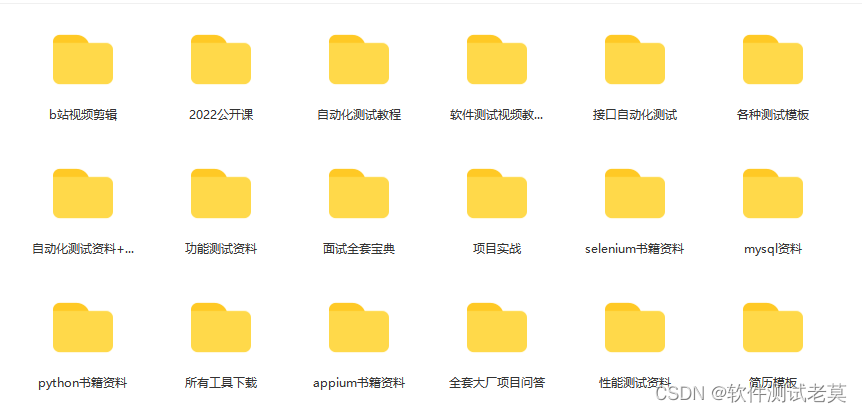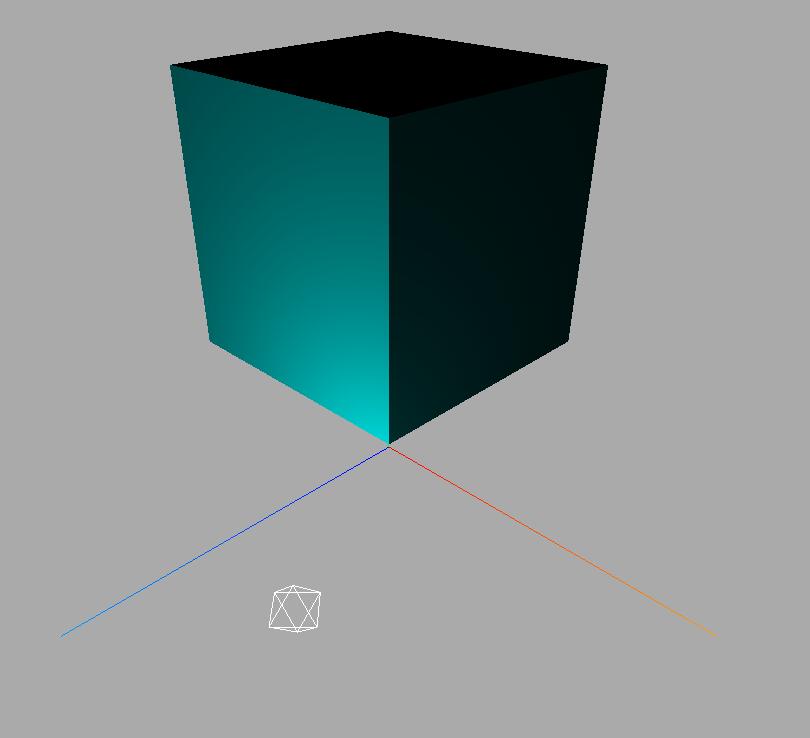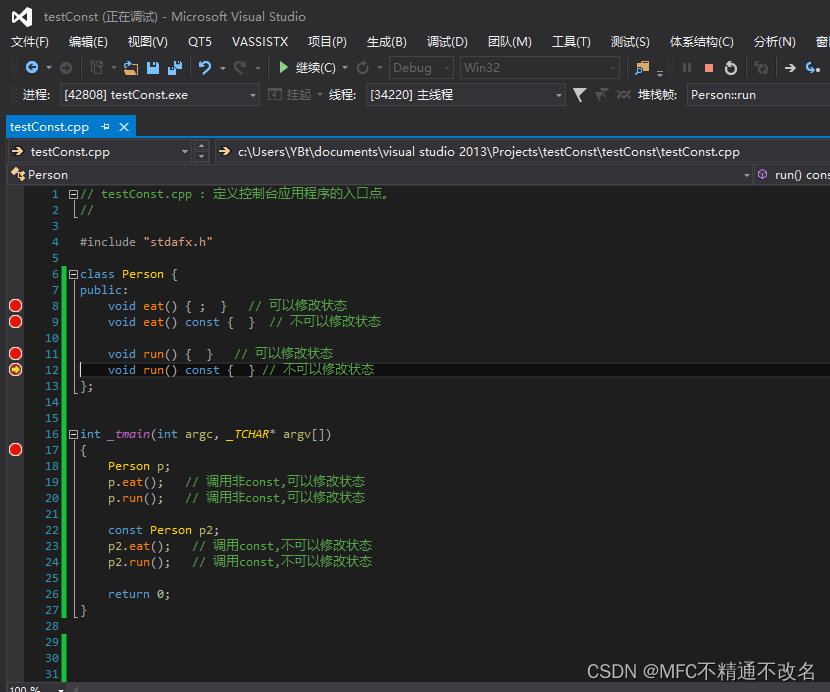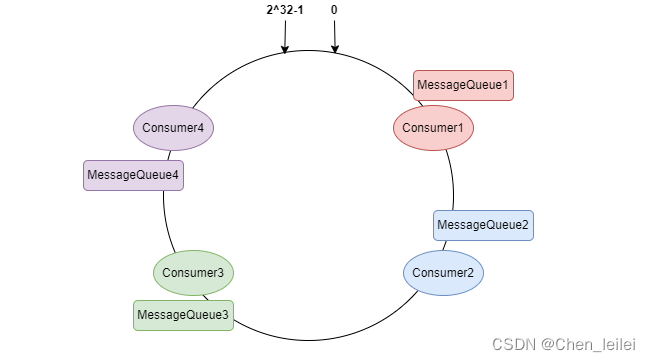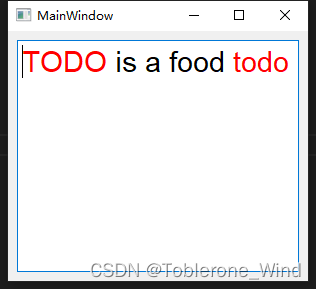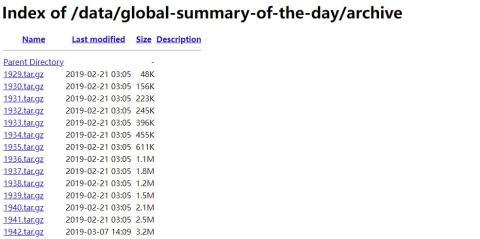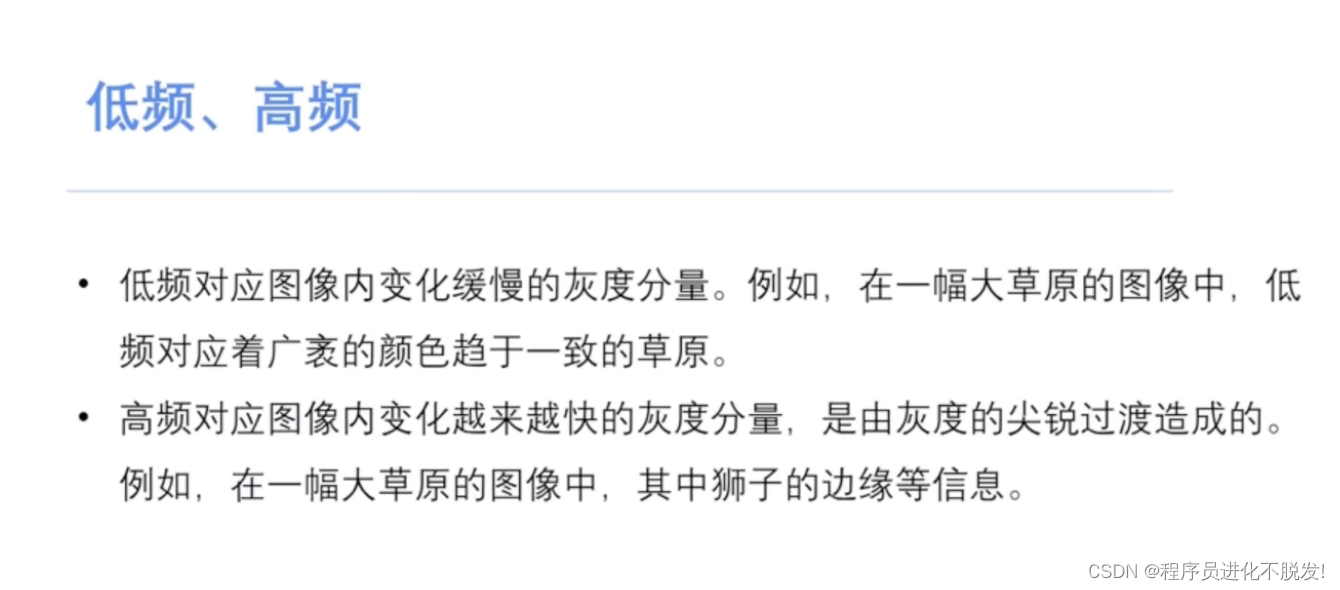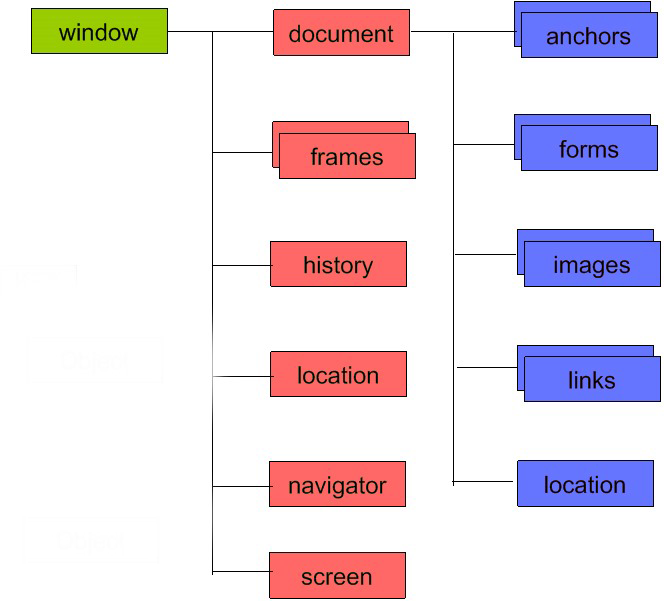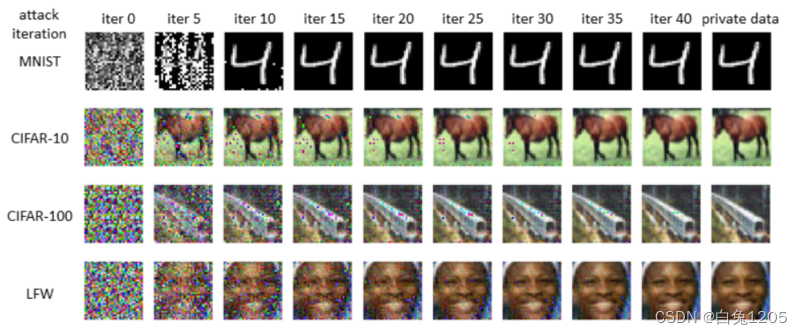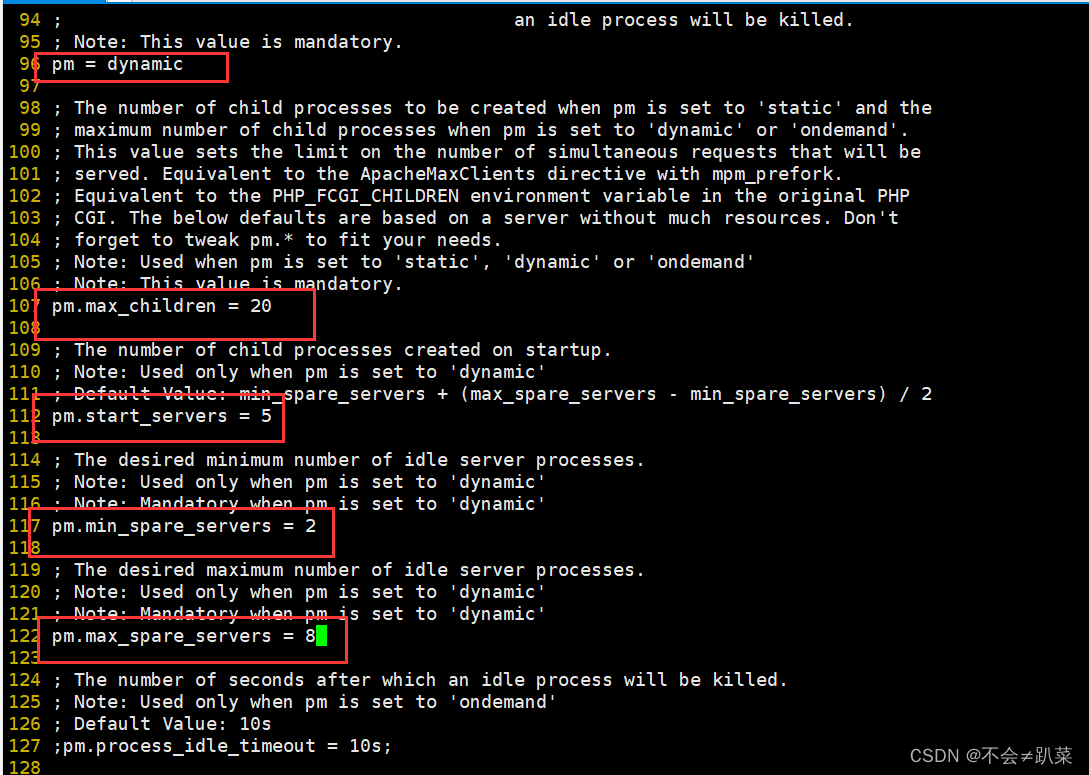Redis节省内存的两个优秀设计思想:一个是使用连续的内存空间,避免内存碎片开销;二个是针对不同长度的数据,采用不同大小的元数据,以避免使用统一大小的元数据,造成内存空间的浪费。IntSet便具备以上两个设计思想。IntSet是Redis中set集合的一种实现方式,基于整数数组来实现,并且具备长度可变、有序等特征。
IntSet的结构
来看看Redis 6.2.4对其结构的定义
typedef struct intset {
uint32_t encoding; /*编码方式,支持存放16位、32位、64位整数*/
uint32_t length; /* 元素个数 */
int8_t contents[]; /整数数组,保存集合数据 */
} intset;
其中encoding包含三种模式,表示存储的整数大小不同
/* Note that these encodings are ordered, so:
* INTSET_ENC_INT16 < INTSET_ENC_INT32 < INTSET_ENC_INT64. */
#define INTSET_ENC_INT16 (sizeof(int16_t)) /*两个字节*/
#define INTSET_ENC_INT32 (sizeof(int32_t)) /*四个字节*/
#define INTSET_ENC_INT64 (sizeof(int64_t)) /*八个字节*/
为了方便查找,Redis会将其按照升序进行排列,保存在contents[]数组中。例如下图

1byte = 8bit,int16 也就是2个字节。所以上图所示的set集合总字节大小为 encoding 4 + length 4 + 3 * 2byte = 14byte。 当这个集合的每个元素的大小固定之后,我们寻址就非常方便了。

我们可以观察出一个寻址公式:address[i] = startPtr + (encoding) * index
IntSet添加元素
文字描述
在集合中利用二分查找找要插入的元素位置pos
找到—修改,return
未找到得到元素应当插入的位置
判断元素的位数是否超过了curEncoding
未超过 ,将pos之后的元素全部后移一位,插入新的元素
超过,创建新的intset,更新所有元素的编码方式,倒序依次将数组中的元素拷贝到扩容 后的正确位置,新元素比0大放队首,比0小放队尾
简单的流程图
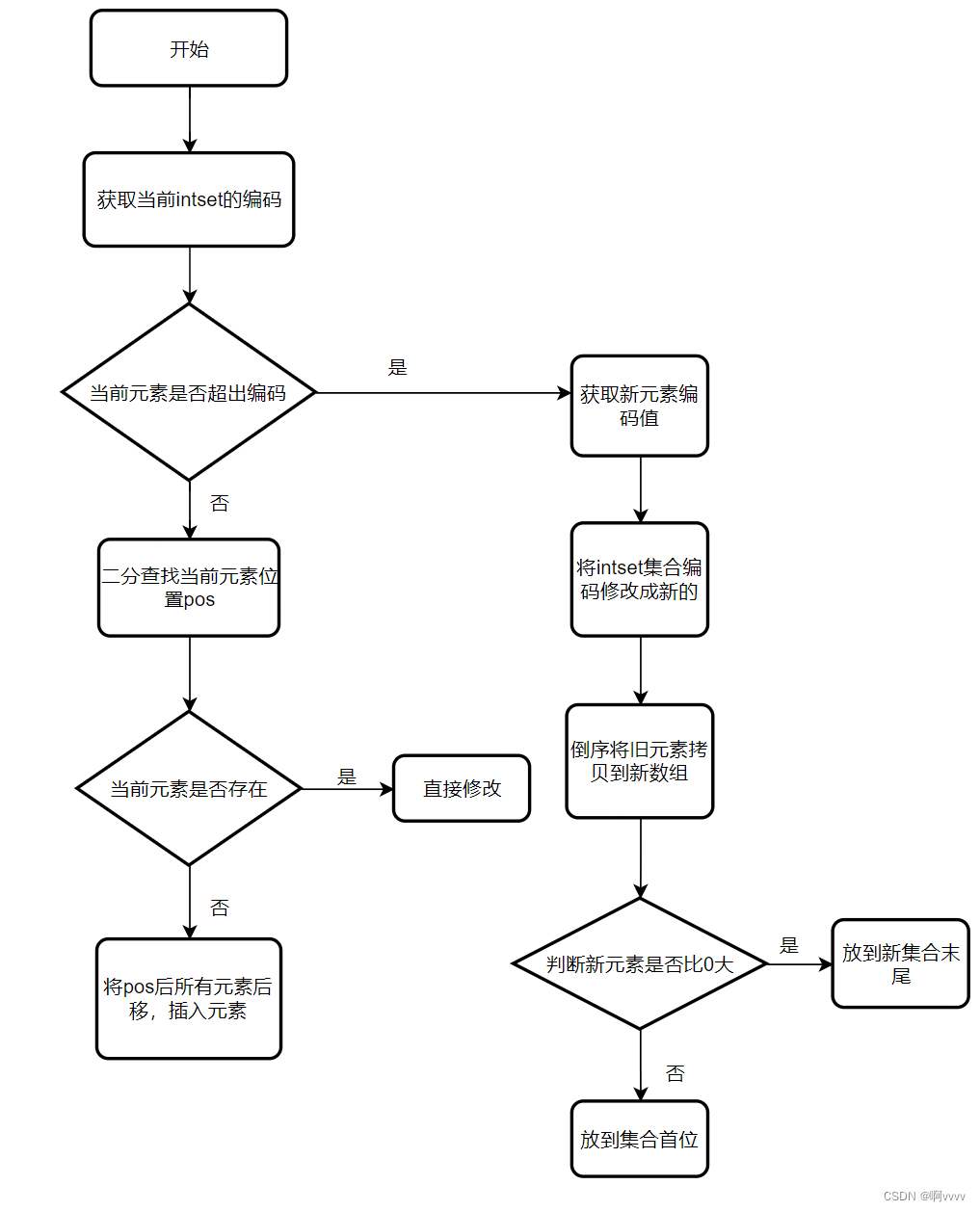
源代码
看下面的Redis源代码
/* Search for the position of "value". Return 1 when the value was found and
* sets "pos" to the position of the value within the intset. Return 0 when
* the value is not present in the intset and sets "pos" to the position
* where "value" can be inserted. */
static uint8_t intsetSearch(intset *is, int64_t value, uint32_t *pos) {
int min = 0, max = intrev32ifbe(is->length)-1, mid = -1;
int64_t cur = -1;
/* The value can never be found when the set is empty */
if (intrev32ifbe(is->length) == 0) {
if (pos) *pos = 0;
return 0;
} else {
/* Check for the case where we know we cannot find the value,
* but do know the insert position. */
if (value > _intsetGet(is,max)) {
if (pos) *pos = intrev32ifbe(is->length);
return 0;
} else if (value < _intsetGet(is,0)) {
if (pos) *pos = 0;
return 0;
}
}
while(max >= min) {
mid = ((unsigned int)min + (unsigned int)max) >> 1;
cur = _intsetGet(is,mid);
if (value > cur) {
min = mid+1;
} else if (value < cur) {
max = mid-1;
} else {
break;
}
}
if (value == cur) {
if (pos) *pos = mid;
return 1;
} else {
if (pos) *pos = min;
return 0;
}
}
/* Insert an integer in the intset */
intset *intsetAdd(intset *is, int64_t value, uint8_t *success) {
uint8_t valenc = _intsetValueEncoding(value); //获取当前编码值
uint32_t pos; //要插入的位置
if (success) *success = 1;//判断编码是不是超过了intset的编码
if (valenc > intrev32ifbe(is->encoding)) { //
//超过了编码,要升级 8 -> 16 / 16 -> 32 / 32 -> 64
return intsetUpgradeAndAdd(is,value);
} else {
//没有超过,寻找与value值一样的元素
if (intsetSearch(is,value,&pos)) {
//找到了,直接返回。set集合是无重复的
if (success) *success = 0;
return is;
}
//为数组扩容 + 1 位
is = intsetResize(is,intrev32ifbe(is->length)+1);
//将pos之后的元素全部往后挪一位
if (pos < intrev32ifbe(is->length))
intsetMoveTail(is,pos,pos+1);
}
//插入新元素
_intsetSet(is,pos,value);
//重置元素长度
is->length = intrev32ifbe(intrev32ifbe(is->length)+1);
return is;
}
注意:此处并不需要挪所有元素,因为编码格式一旦超过,必然是最大整数或者最小整数。
/* Upgrades the intset to a larger encoding and inserts the given integer. */
static intset *intsetUpgradeAndAdd(intset *is, int64_t value) {
//获取当前intset编码
uint8_t curenc = intrev32ifbe(is->encoding);
//计算新的编码值
uint8_t newenc = _intsetValueEncoding(value);
//获取元素个数
int length = intrev32ifbe(is->length);
//判断元素是否比 0 大,大于插入队尾,小于插入队首
int prepend = value < 0 ? 1 : 0;
/* First set new encoding and resize */
//重新为数组编码
is->encoding = intrev32ifbe(newenc);
//重置数组大小
is = intsetResize(is,intrev32ifbe(is->length)+1);
/* Upgrade back-to-front so we don't overwrite values.
* Note that the "prepend" variable is used to make sure we have an empty
* space at either the beginning or the end of the intset. */
//倒序遍历,逐个搬运元素到新的位置
while(length--) //按照新的编码方式插入元素
_intsetSet(is,length+prepend,_intsetGetEncoded(is,length,curenc));
/* Set the value at the beginning or the end. */
if (prepend)
_intsetSet(is,0,value);
else
_intsetSet(is,intrev32ifbe(is->length),value);
is->length = intrev32ifbe(intrev32ifbe(is->length)+1);
return is;
}
总结
Intset可以看做是特殊的整数数组,具备一些特点:
- Redis会确保Intset中的元素唯一、有序
- 具备类型升级机制,可以节省内存空间
- 底层采用二分查找方式来查询


